SERIES REVIEW – In Netflix’s series Ripley, the promise of striking black-and-white compositions and profound character depictions unfortunately dissipates as we delve into the narrative’s sluggishly meandering stream. Ripley aimed to reinterpret the classic story as an eight-part miniseries but fails to fulfill the high hopes pinned on it: while visually captivating, the screenplay’s hollowness and the plot’s sluggishness instead leave it as merely a missed opportunity.
Contrary to Martin Scorsese’s wishes, an offhand comment he made—that Marvel movies don’t belong to the category of cinema—sparked a real avalanche. This led some social media users (especially among Marvel fans) to mock art films, jesting that they mostly resemble black-and-white, Soviet-era silent films. These films, characterized by their deliberate pacing, such as works by Tarkovsky, Bresson, or Dreyer, may not be enjoyable for everyone. However, those who approach them with an open heart are deeply moved by their stunning images and meticulous details, leading us towards a broader horizon. The Netflix adaptation of “Ripley,” based on Patricia Highsmith’s “The Talented Mr. Ripley” and realized as an eight-part miniseries, appears to be a caricature of slow films showcased on TikTok brought to life. Although the series includes some noteworthy scenes that, for instance, showcase the dramatic effects of light and shadow on ancient Italian architecture, or genuinely tense moments when the noose tightens around a suspect during an investigation, it largely fails to maintain excitement. The protagonist’s stumbling aside, the series’ slow pace fails to create the necessary atmosphere or introduce new ideas. Instead, the slowness serves merely to stretch a short book into hours-long episodes, undermining the strength of the original Highsmith story.
Ripley always returns, Alain Delon was the first…
The story of “The Talented Mr. Ripley” novel has been adapted into films on multiple occasions, such as the 1960 “Purple Noon” starring Alain Delon, Maurice Ronet, and Marie Laforet, and the 1999 “The Talented Mr. Ripley” featuring stellar performances by Matt Damon, Jude Law, and Gwyneth Paltrow. The new adaptation carries forward many well-known elements. Throughout the story, we follow the character of Thomas Ripley (Andrew Scott), who is paid by a wealthy businessman to retrieve his son, Dickie (Johnny Flynn), from Italy back to New York. Ripley seizes the opportunity to see the world, meets Dickie and his girlfriend, Marge (Dakota Fanning), and a complex relationship forms between them. Initially, Ripley enjoys his new surroundings and Dickie’s wealth, but he knows it can’t last forever. As the situation becomes increasingly tense, Ripley devises a dangerous plan to assume the other man’s identity and seize his fortune.
If one element of the Ripley series truly stands out, it is the splendid black-and-white visual world, which wonderfully complements the core story and the ambiance of the 1960s. Oscar-winning cinematographer Robert Elswit, known for his work on “There Will Be Blood,” intricately portrays locations such as Ripley’s cramped, suffocating New York apartment, from which he desperately tries to escape, or the Mediterranean shores where we can almost taste the sea’s salt on our lips, and where stormy waves and dark clouds hint at impending tragedy. The locations themselves become key characters in the story, especially Atrani, a village carved into the rocky cliffs of the Amalfi Coast. The myriad steps, cave-like passageways, and the all-encompassing, majestic sea stand in sharp contrast to the series’ New York scenes, making it understandable why the protagonist is so drawn to this place and lifestyle.
It’s a pity that the direction and acting performances don’t measure up to the magnificent visuals. For instance, the actors’ performances seem somewhat lacking, possibly due to inadequate direction, with none truly capturing their character’s essence. Andrew Scott’s portrayal of Ripley’s initial “innocence” is completely missed, an integral part of the story beautifully depicted by both Alain Delon and Matt Damon. Scott comes off merely as a sociopath, resembling his portrayal of Moriarty in the “Sherlock Holmes” series, thus leaving his character uninteresting due to the lack of complexity Patricia Highsmith imbued in him. Johnny Flynn’s Dickie is too naive and gullible – and thereby somewhat dull and uninteresting – compared to the more exciting interpretations of Maurice Ronet and Jude Law. Dakota Fanning’s Marge is perhaps too charismatic, too strong a counterpoint to the soft Dickie, which was not characteristic of either the novel or previous portrayals by Marie Leforet and Gwyneth Paltrow, who both superbly depicted Marge’s femininity and fragility alongside her skepticism.
As a film, this story worked better
As impressive as the visual world of Ripley is, it unfortunately cannot offset the sheer sluggishness that tests our patience rather than provokes thought. At times, it feels as if the series emerged from a parallel reality where the French New Wave never stirred the film world’s stagnant waters, remaining loyal to classic Hollywood editing techniques. In an art film, this might still be a tolerable approach, but the series’ extended runtime especially tests viewer patience. It’s hard to imagine any series where the protagonist checks into hotels as frequently, as if on an eternal, nightmarish vacation, flipping through notepads with receptionists and keys handed over across the counter.
Occasionally, the series attempts visual humor, like when Ripley comically struggles with the labyrinthine stairs of Atrani, but eventually, even this couldn’t keep me from dozing off amidst the slowly trickling events, unable to captivate me with the originally highly intriguing machinations and murders of the protagonist. The criticism that some series today seem like poorly edited, eight-hour-long movies particularly hits the nail on the head with Ripley, all the more so because the novel’s previous film adaptations managed to condense the story into two to two and a half hours, providing a basis for comparison.
Thus, despite the artistic, classic Hollywood-evoking black-and-white visual world, the series remains dragged and boring, and it’s pretty clear that both the 1960 Purple Noon and the 1999 The Talented Mr. Ripley are superior adaptations of this great novel. If Patricia Highsmith were still alive, I think she’d agree with me…
-Gergely Herpai (BadSector)-
Ripley
Direction - 6.2
Actors - 7.2
Story - 5.8
Visuals/Music/Sounds - 7.2
Ambience - 6.2
6.5
FAIR
Unfortunately, the Ripley series fails to capture the depth of the original story. Andrew Scott, as the protagonist, cannot authentically convey Ripley's complexity, contradicting the character's previous portrayals. The story's slow pace and superficial character development make the series more boring than exciting. Although the visual realization is stunning, it is not enough to compensate for the lack of depth in the narrative and characters.

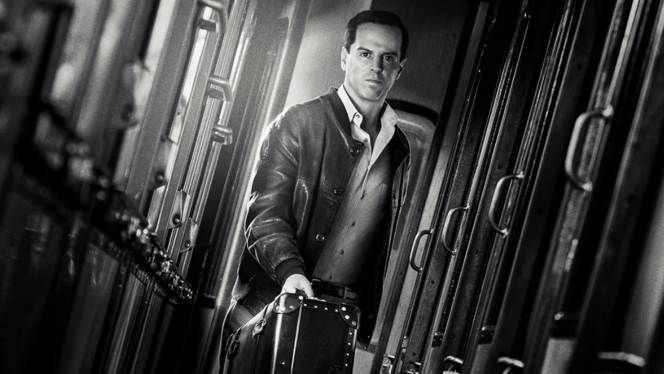
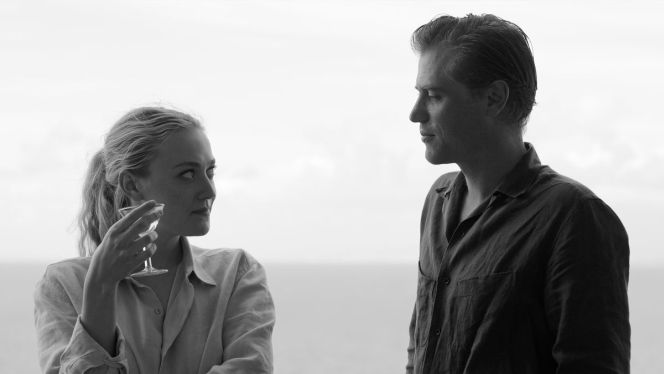
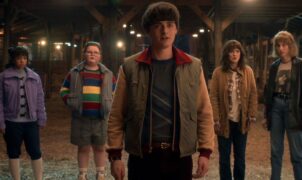
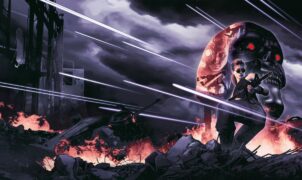


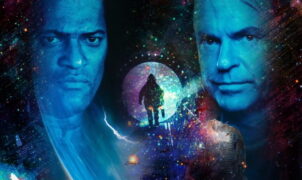

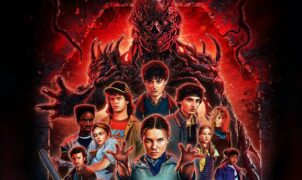

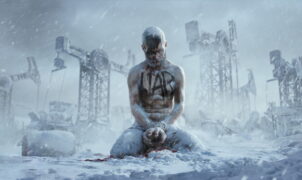



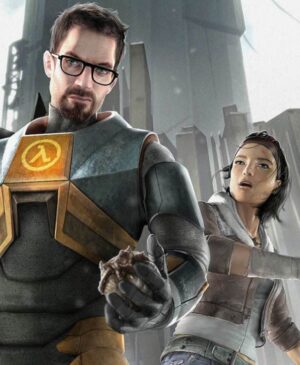
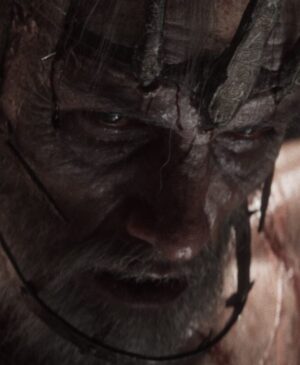
Leave a Reply